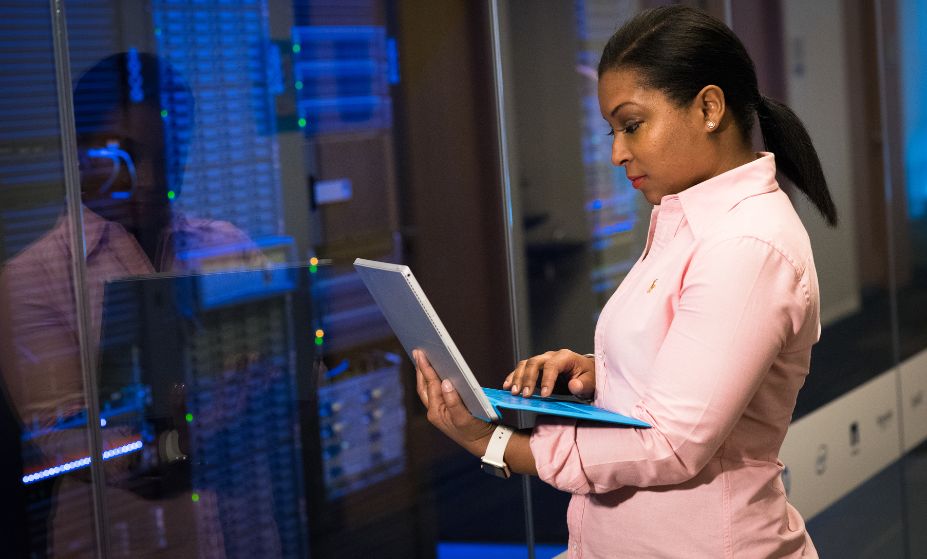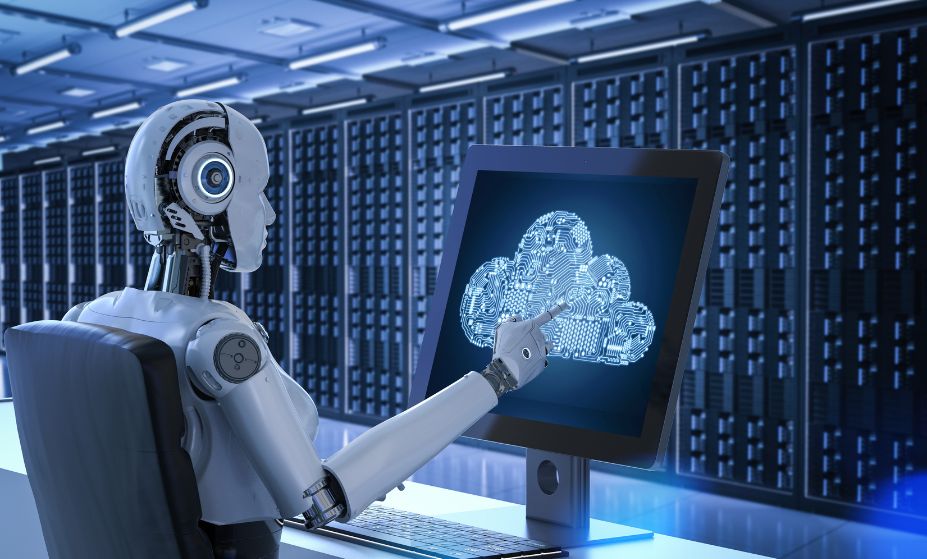Dedicated servers play a critical role in many businesses IT infrastructure, and it’s essential to ensure that they are performing at their best. Remote management and monitoring can play a crucial role in maintaining dedicated server performance and resource utilization. In this guide, we’ll explore the power of remote management and monitoring for dedicated server performance and resource utilization.
What are Performance and Resource Utilization?
Performance refers to the ability of a system to meet the needs of its users. Resource utilization refers to the efficient use of the system’s resources, such as RAM, CPU, and storage. Together, performance and resource utilization are important considerations when maintaining dedicated servers.
Why is Remote Management and Monitoring Important for Performance and Resource Utilization?
Remote management and monitoring can play a crucial role in ensuring optimal performance and resource utilization for dedicated servers. Here are a few examples of how remote management and monitoring can benefit performance and resource utilization:
- Remotely monitor server performance: Remote monitoring allows businesses to keep an eye on the performance of their dedicated servers in real time, making it easy to identify and resolve any issues.
- Remotely manage resources: Remote management allows businesses to add and remove resources such as RAM and storage from a remote location, ensuring that the system is properly configured for optimal performance.
- Remotely troubleshoot performance issues: Remote management also allows businesses to troubleshoot performance issues and identify any bottlenecks that may be causing poor performance.
How to Implement Remote Management and Monitoring for Performance and Resource Utilization
There are several ways to implement remote management and monitoring for dedicated server performance and resource utilization. Here are a few common methods:
- Remote management software: Remote management software can provide the ability to monitor performance, manage resources, and troubleshoot performance issues on dedicated servers.
- Cloud-based management platforms: Cloud-based management platforms can provide real-time monitoring, access to servers, and the ability to configure resources from a remote location.
- Managed service providers: Managed service providers can also provide remote management and monitoring capabilities for dedicated servers. This can be a good option for businesses that do not have the resources or expertise to manage performance and resource utilization on their own.
Conclusion
Remote management and monitoring can play a crucial role in ensuring optimal performance and resource utilization for dedicated servers. By providing real-time monitoring, access to servers, and the ability to configure resources, remote management and monitoring can help businesses identify and resolve any issues that may be impacting performance and resource utilization. There are several methods available for implementing remote management and monitoring, including remote management software, cloud-based management platforms, and managed service providers. By using these tools, businesses can ensure that their dedicated servers are performing at their best and that resources are being used efficiently.


